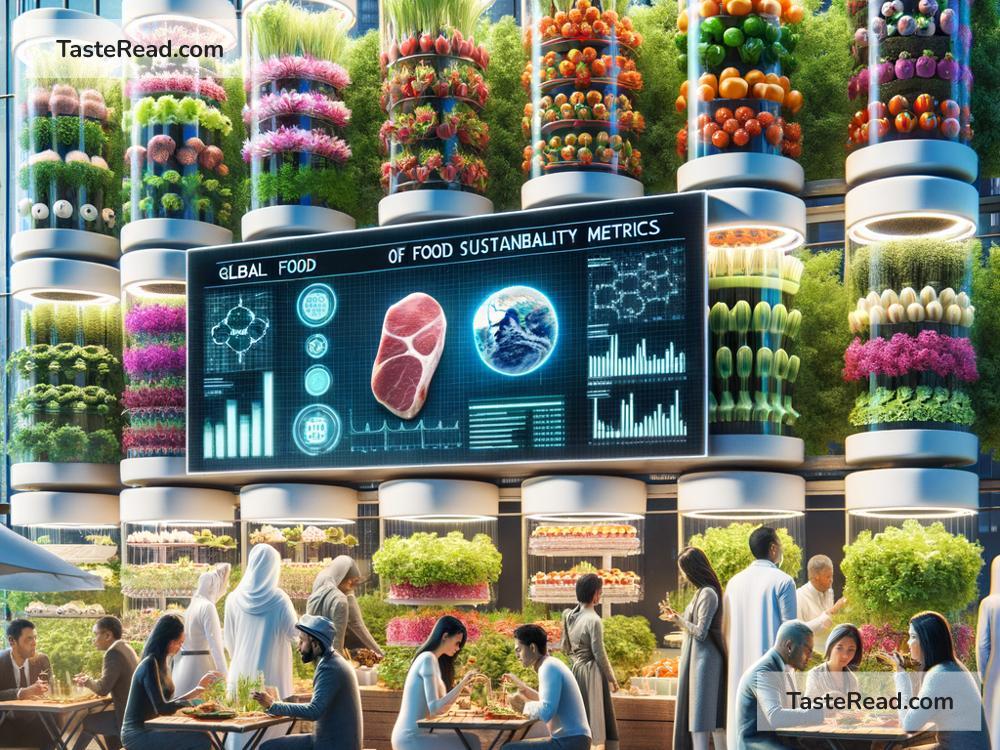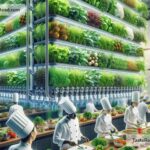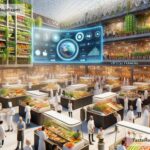The Future of Food: Participatory Global Solutions for a Better Tomorrow
Food connects us all. Every bite tells a story—of farmers, cooks, traditions, and even the planet itself. But as our world grows, the future of food faces big challenges. By 2050, there will be almost 10 billion people on Earth. Feeding everyone will require innovative solutions, community effort, and sustainable practices. We can’t rely on old ways forever. It’s time to think ahead, together, to ensure that everyone has access to healthy food while protecting the planet.
The Challenges We Face
First, there’s the issue of land and water. Traditional farming uses a lot of resources. As cities expand and climates change, fertile land and clean water are becoming harder to find. At the same time, extreme weather—like droughts, floods, and heat waves—makes farming less reliable. Farmers face unpredictable seasons, leading to lower crop yields.
Second, there’s food waste. Around one-third of the food produced globally is wasted every year. Think about how many families could have been fed with that food! Waste happens at all levels—from farms where crops aren’t picked to supermarkets where produce is thrown away, and even in our homes when leftovers go bad.
Third, hunger and nutrition are ongoing issues. While some countries have plenty of food, others struggle with shortages, malnutrition, or poverty. The food system isn’t fair, and many people worldwide don’t have access to affordable, nutritious meals.
Finally, food production contributes heavily to climate change. Agriculture is responsible for significant greenhouse gas emissions, deforestation, and biodiversity loss. If we don’t make changes, the way we grow and process food will continue to harm the planet.
A Participatory Approach to Solutions
The good news? These challenges aren’t unsolvable. The future of food depends on global participation. Instead of relying on a few experts or large companies to fix the system, we can involve people from every corner—farmers, scientists, governments, businesses, and everyday consumers. When everyone has a voice, smarter solutions emerge.
Here are some inspiring ideas:
1. Urban Farming and Vertical Gardens
Imagine growing fresh vegetables in your neighborhood—on rooftops, in old warehouses, or even indoors using stacked shelves with LED lights. Urban farming reduces transportation costs and carbon emissions, since food is grown close to where it’s eaten. Community gardens allow cities to engage directly in food production, empowering people to contribute and learn. These solutions work well in crowded areas where traditional farmland is scarce.
2. Integrating Technology with Farming
Smart farming uses tools like drones, sensors, and AI to help farmers grow food more efficiently. These technologies can predict weather patterns, monitor soil quality, and even detect pests before they cause damage. Small farmers worldwide can benefit from these affordable tools, improving yields without harming the environment.
Another exciting idea is lab-grown food, like cultured meat. Scientists are finding ways to grow meat in labs using animal cells, bypassing the need for livestock farming. This could reduce greenhouse gas emissions and animal cruelty while providing high-quality protein sources.
3. Reducing Food Waste Together
Many solutions to food waste depend on people working together. For example, apps like Too Good To Go connect people with restaurants and stores offering leftover food at low prices. Redistribution programs bring unsold produce from supermarkets to food banks, ensuring it feeds hungry families instead of ending up in landfills.
Governments can also update policies to encourage businesses to waste less and donate excess food. And as individuals, small acts—like planning meals carefully, storing food properly, and eating leftovers—can make a big difference.
4. Sustainable Diets and Local Choices
What we eat matters. Shifting to plant-based diets can significantly reduce climate impacts, as growing vegetables uses fewer resources than raising animals for meat. You don’t have to stop eating meat entirely, but reducing portion sizes or participating in “Meatless Mondays” is a great start.
Choosing local food also helps. When you buy from nearby farmers, you support your community while avoiding the environmental costs of transporting food over long distances. Local food is often fresher, tastier, and better for the planet.
5. International Collaboration
The food problem is global, and the solutions should be, too. Countries can share knowledge, technology, and resources to help one another. For instance, wealthier nations can invest in sustainable farming practices in developing countries, ensuring food security for all. Organizations like the United Nations already support food aid and agriculture training programs, but more partnerships are needed.
At the same time, consumers have a role. By supporting fair-trade products and ethical brands, you can help workers and farmers worldwide earn fair wages and have better working conditions.
The Future Is Bright When We Work Together
The future of food isn’t just about growing enough to feed a hungry planet. It’s about how we grow, share, and eat in a way that respects both people and the planet. Participatory solutions encourage everyone to play a role—from families starting gardens at home to tech experts creating advanced farming tools, and governments enacting smart policies.
While challenges like climate change and resource scarcity are daunting, humanity has always been capable of solving big problems through creativity and cooperation. By combining traditional farming wisdom with modern innovations, we can build a food system that’s fair, sustainable, and resilient.
The food on your plate has the power to shape the future. Every sustainable choice you make contributes to a global effort to ensure healthy, affordable, and accessible meals for generations to come. Together, we can feed the world—one solution, one community, and one meal at a time.
So take a moment, think about how you can get involved, and let’s work together for a better, healthier tomorrow.


